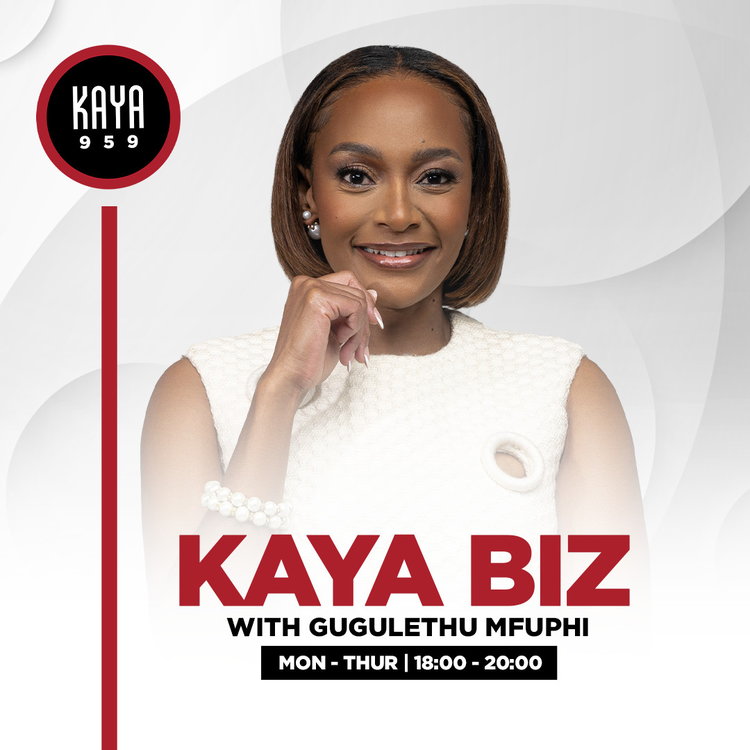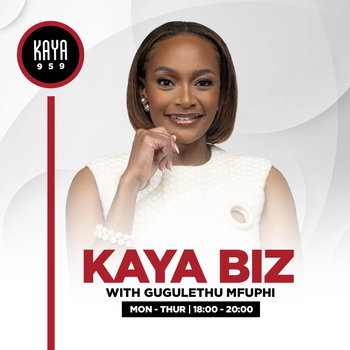
Inside Your Pocket - The Perils Of Emotional Investing
Loading player...
Guest – Yusuf Wadee, Head of Exchange Traded Products at Satrix
It’s an age-old adage in the investment world – “time in the market, not timing the market”. Yet, many investors fall prey to their emotions, making rash decisions that can have significant long-term consequences. A recent analysis of the S&P/TSX Composite from January 1986 to December 2024 illustrates this point. The data found that a US$10 000 investment left untouched would have grown to US$241 179. However, if an investor missed the 10 best-performing days during that period, their final return would be slashed by more than half to only US$112 875.
Yusuf Wadee, Head of Exchange Traded Products at Satrix*, says this “behaviour gap” – the negative impact of investors’ hasty decisions – highlights a critical aspect of investing that often gets overlooked. “When fear grips the market, the instinct to sell and cut losses can be overwhelming, triggering a knee-jerk reaction. Conversely, during a bull run, the fear of missing out can lead to impulsive buying at the worst possible time when prices are inflated. This emotional rollercoaster often results in investors buying high and selling low – the exact opposite of a sound investment strategy.”
It’s an age-old adage in the investment world – “time in the market, not timing the market”. Yet, many investors fall prey to their emotions, making rash decisions that can have significant long-term consequences. A recent analysis of the S&P/TSX Composite from January 1986 to December 2024 illustrates this point. The data found that a US$10 000 investment left untouched would have grown to US$241 179. However, if an investor missed the 10 best-performing days during that period, their final return would be slashed by more than half to only US$112 875.
Yusuf Wadee, Head of Exchange Traded Products at Satrix*, says this “behaviour gap” – the negative impact of investors’ hasty decisions – highlights a critical aspect of investing that often gets overlooked. “When fear grips the market, the instinct to sell and cut losses can be overwhelming, triggering a knee-jerk reaction. Conversely, during a bull run, the fear of missing out can lead to impulsive buying at the worst possible time when prices are inflated. This emotional rollercoaster often results in investors buying high and selling low – the exact opposite of a sound investment strategy.”

